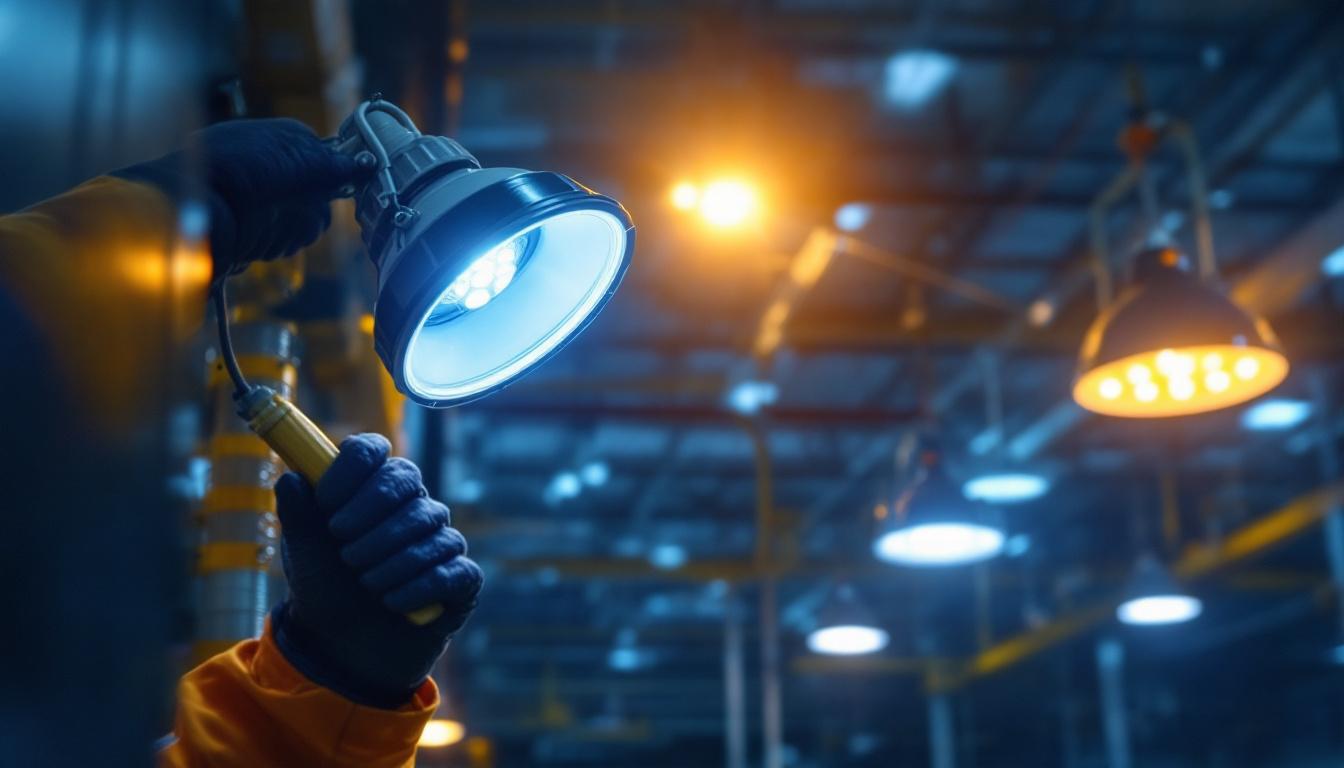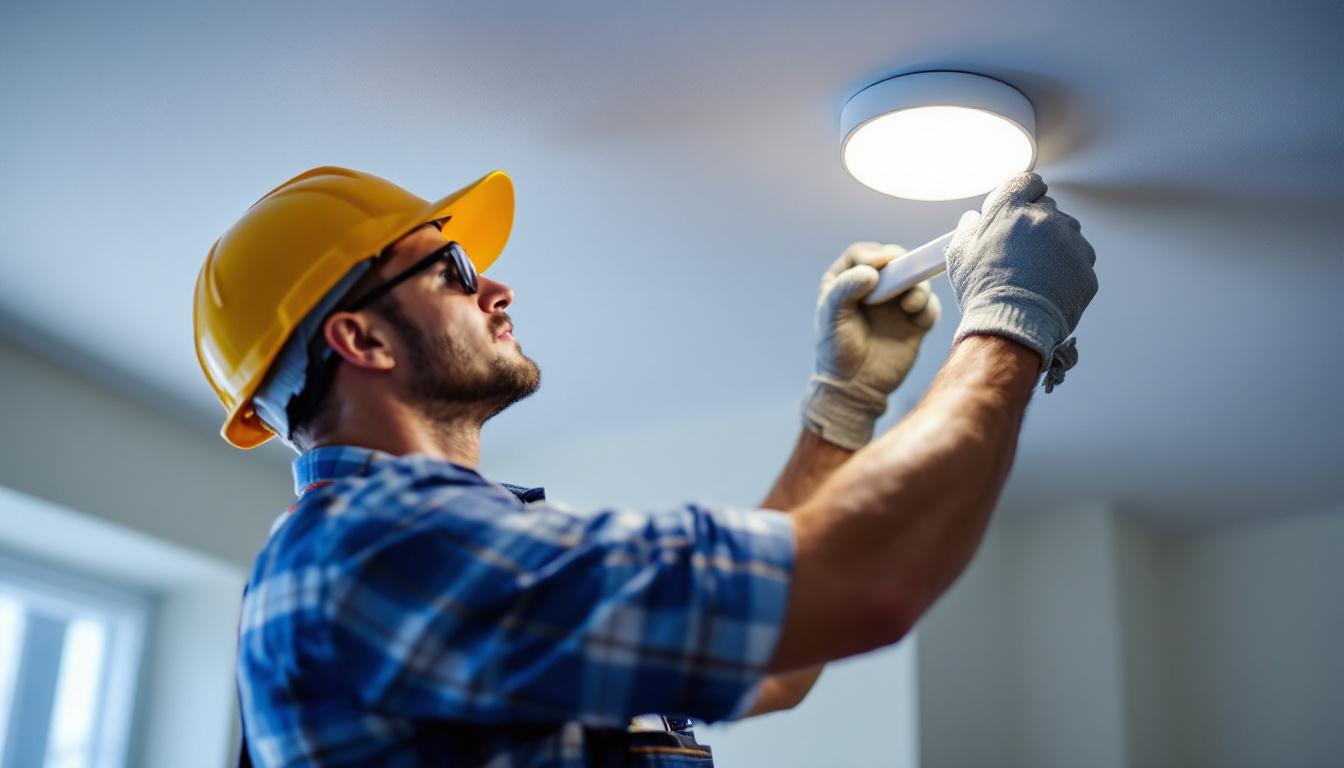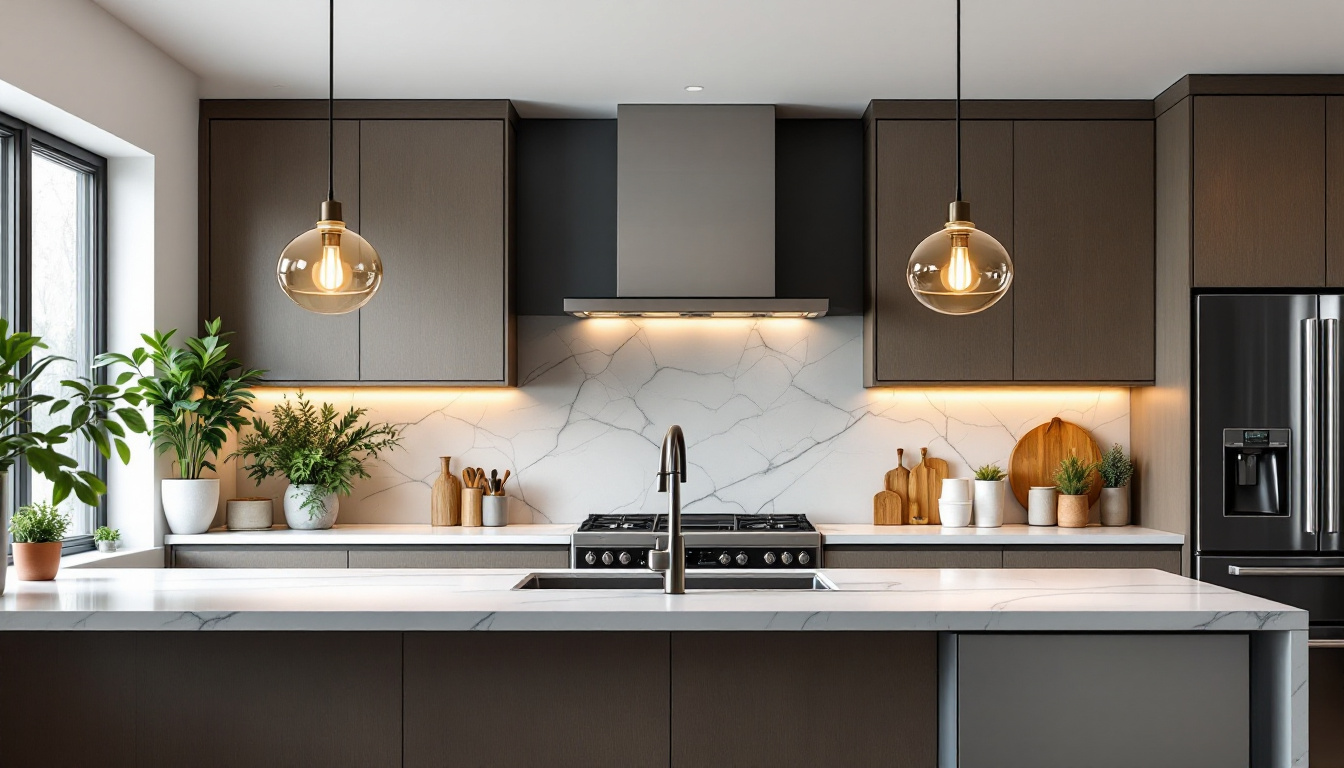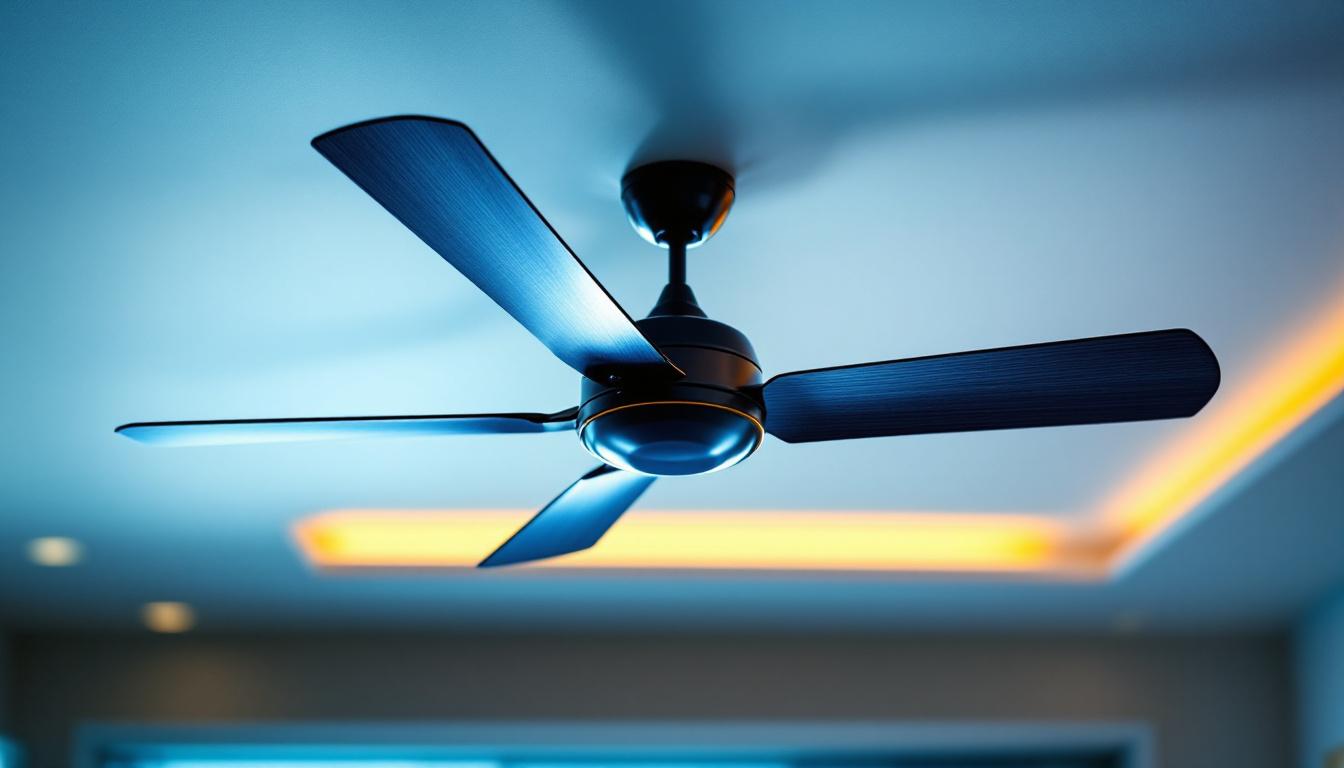
Lighting contractors play a crucial role in enhancing the aesthetics and functionality of residential and commercial spaces. Among the various lighting solutions available, under cabinet lighting has gained significant popularity due to its ability to provide focused illumination in kitchens, workspaces, and other areas. However, the installation and selection of under cabinet lighting bulbs come with their own set of challenges. This article explores the top challenges faced by lighting contractors when dealing with under cabinet lighting bulbs.
One of the primary challenges for lighting contractors is navigating the myriad of bulb options available for under cabinet lighting. From LED to fluorescent to halogen, each type of bulb has its own set of characteristics, advantages, and drawbacks.
LED bulbs are often the go-to choice for under cabinet lighting due to their energy efficiency and longevity. However, the challenge lies in selecting the right color temperature and brightness level. Contractors must educate clients on the differences between warm white, cool white, and daylight options, ensuring that the chosen bulbs complement the overall design of the space. Additionally, LED technology has advanced significantly, leading to a variety of options such as dimmable LEDs and smart bulbs that can be controlled via smartphone apps. This flexibility allows homeowners to customize their lighting experience, adapting it to different activities, whether it’s cooking, entertaining, or simply relaxing.
Fluorescent bulbs are another common option, known for their affordability and efficiency. However, they can present challenges in terms of flickering and color rendering. Contractors need to be aware of the potential for inconsistent light quality and should consider offering alternatives if clients are sensitive to these issues. Moreover, while traditional fluorescent bulbs have been a staple in many homes, newer compact fluorescent lamps (CFLs) offer a more compact design and improved energy efficiency. It’s essential for contractors to stay informed about the latest advancements in fluorescent technology, as well as the environmental impact of disposal, to provide clients with the most sustainable options available.
While halogen bulbs provide excellent color rendering and brightness, they also generate more heat and consume more energy than LEDs. This can lead to increased operational costs for clients. Contractors must weigh these factors when recommending halogen bulbs, ensuring that clients understand the long-term implications of their choices. Furthermore, halogen bulbs can be an excellent choice for specific applications, such as highlighting artwork or architectural features, where the quality of light is paramount. Understanding the unique benefits and limitations of halogen bulbs allows contractors to make informed recommendations that align with the client’s vision and functional needs.
Installing under cabinet lighting can be straightforward, but various factors can complicate the process. Lighting contractors often encounter challenges that require creative problem-solving and technical expertise.
One of the most significant challenges is dealing with limited space. Many kitchens and workspaces have cabinets that do not allow for easy installation of lighting fixtures. Contractors must carefully measure and plan the installation to ensure that the lighting is both functional and aesthetically pleasing. In some cases, this may involve using slim-profile fixtures or opting for flexible LED strips that can fit into tight spaces. Additionally, the height of the cabinets can affect the type of lighting used; for instance, higher cabinets may require more powerful lights to ensure adequate illumination of the countertop below.
Electrical wiring can pose another challenge. In older homes, existing wiring may not support modern lighting solutions, which can necessitate additional work. Contractors must be prepared to troubleshoot wiring issues and may need to collaborate with electricians to ensure a safe and effective installation. This can also include upgrading circuits or adding new outlets to accommodate the increased load from energy-efficient LED lights. Moreover, understanding local building codes is essential, as they dictate how electrical installations should be handled, ensuring both safety and compliance.
Choosing the right mounting solution is crucial for the success of under cabinet lighting. Adhesive strips, clips, and brackets all have their pros and cons. Contractors must assess the specific needs of each project and select the most appropriate mounting method to ensure durability and ease of access for maintenance. For instance, while adhesive strips may provide a quick and easy installation, they might not hold up over time in high-heat areas like kitchens. Conversely, brackets offer a more secure fit but may require drilling into the cabinetry, which can be a concern for homeowners who want to maintain the integrity of their cabinets. Additionally, contractors often need to consider the weight of the lighting fixtures, as heavier options may require more robust mounting solutions to prevent sagging or detachment over time.
Another challenge that lighting contractors face is managing client expectations. Many clients have specific ideas about what they want, but they may not fully understand the implications of their choices. This disconnect can lead to frustration for both parties, especially if the final outcome does not match the client’s vision. To bridge this gap, effective communication is essential. Contractors can utilize visual aids, such as mood boards or 3D renderings, to help clients visualize how different lighting solutions will look in their space. This proactive approach not only sets realistic expectations but also fosters a collaborative atmosphere where clients feel heard and valued.
Clients often have a budget in mind, which can limit the options available for under cabinet lighting. Contractors must navigate these constraints while still providing quality solutions. This may involve educating clients about the long-term savings associated with energy-efficient options, such as LED bulbs, which can offset higher upfront costs. Additionally, contractors can suggest alternative strategies, like phased installations or DIY options for less complex areas, to help clients achieve their desired look without overspending. By providing a range of solutions that align with the client’s financial parameters, contractors can enhance client satisfaction and trust.
Clients may have strong design preferences that do not align with the practicalities of under cabinet lighting. For example, they might favor a specific aesthetic that requires a particular type of bulb or fixture. Contractors must balance these preferences with functionality, ensuring that the final design meets both aesthetic and practical needs. This often involves discussing the importance of light quality, color temperature, and the impact of different fixtures on the overall ambiance of the space. By guiding clients through these considerations, contractors can help them appreciate the nuances of lighting design and how it contributes to the overall feel of their environment.
Many clients lack technical knowledge about lighting systems, which can lead to misunderstandings about what is possible. Lighting contractors must take the time to educate clients on their options, including the benefits and drawbacks of various types of bulbs, to help them make informed decisions. This educational process can also extend to discussing the latest advancements in smart lighting technology, which allows for customizable settings and energy monitoring. By introducing clients to these innovations, contractors can not only enhance the functionality of their lighting solutions but also empower clients to take control of their lighting environment in a way that aligns with their lifestyle and preferences.
As energy efficiency becomes increasingly important, lighting contractors must stay informed about regulations that affect under cabinet lighting. Compliance with these regulations can present challenges, especially when working with clients who may not prioritize energy efficiency.
Each jurisdiction may have different codes regarding energy efficiency and lighting installation. Contractors must be well-versed in local regulations to ensure compliance. Failure to adhere to these codes can result in fines or the need for costly rework.
Contractors face the challenge of promoting energy-efficient solutions to clients who may be resistant to change. Educating clients on the benefits of energy-efficient bulbs, such as lower energy bills and reduced environmental impact, can help overcome this resistance.
In recent times, supply chain disruptions have affected the availability of various lighting products. Contractors must navigate these challenges to ensure that they can meet client demands.
Contractors may find that certain types of under cabinet lighting bulbs are frequently out of stock. This can lead to delays in project timelines and frustration for both contractors and clients. Establishing strong relationships with suppliers and staying informed about stock levels can help mitigate these issues.
The lighting industry is constantly evolving, with new technologies emerging regularly. Contractors must stay updated on the latest products and trends to offer clients the best solutions. This requires ongoing education and a willingness to adapt to changing market conditions.
Once under cabinet lighting is installed, ongoing maintenance and replacement can present additional challenges for contractors. Ensuring that clients are aware of these responsibilities is crucial for long-term satisfaction.
While LED bulbs are known for their longevity, other types of bulbs may require more frequent replacement. Contractors should inform clients about the expected lifespan of different bulbs and recommend maintenance schedules to ensure consistent performance.
In some installations, under cabinet lighting may be difficult to access for replacement or maintenance. Contractors should consider this during the installation process and recommend solutions that allow for easy access in the future.
Under cabinet lighting offers numerous benefits, but it also presents unique challenges for lighting contractors. From understanding the various types of bulbs to navigating installation difficulties and managing client expectations, contractors must be equipped with the knowledge and skills to overcome these hurdles.
By staying informed about industry trends, regulations, and product availability, contractors can provide clients with effective and efficient lighting solutions. Ultimately, a commitment to education, quality, and customer service will ensure that lighting contractors can successfully navigate the challenges associated with under cabinet lighting bulbs.
Ready to tackle the challenges of under cabinet lighting with confidence? At LumenWholesale, we provide lighting contractors with the spec-grade bulbs and fixtures you need to illuminate any space beautifully. Our extensive selection is backed by unbeatable wholesale prices, ensuring you get the best value for your investment. Say goodbye to middleman markups and hello to hassle-free bulk buying with free shipping. Elevate your lighting projects with the quality, affordability, and convenience that only LumenWholesale can offer. Discover wholesale lighting at the best value and make your next installation a shining success.

Discover how ex proof lighting can revolutionize your lighting installation projects by enhancing safety, efficiency, and durability.

Discover expert tips for lighting contractors on overcoming LED can trim challenges.

Discover the frequent pitfalls lighting contractors encounter when installing kitchen hanging lights.

Discover why ceiling fans are a crucial consideration for lighting contractors in the digital age.